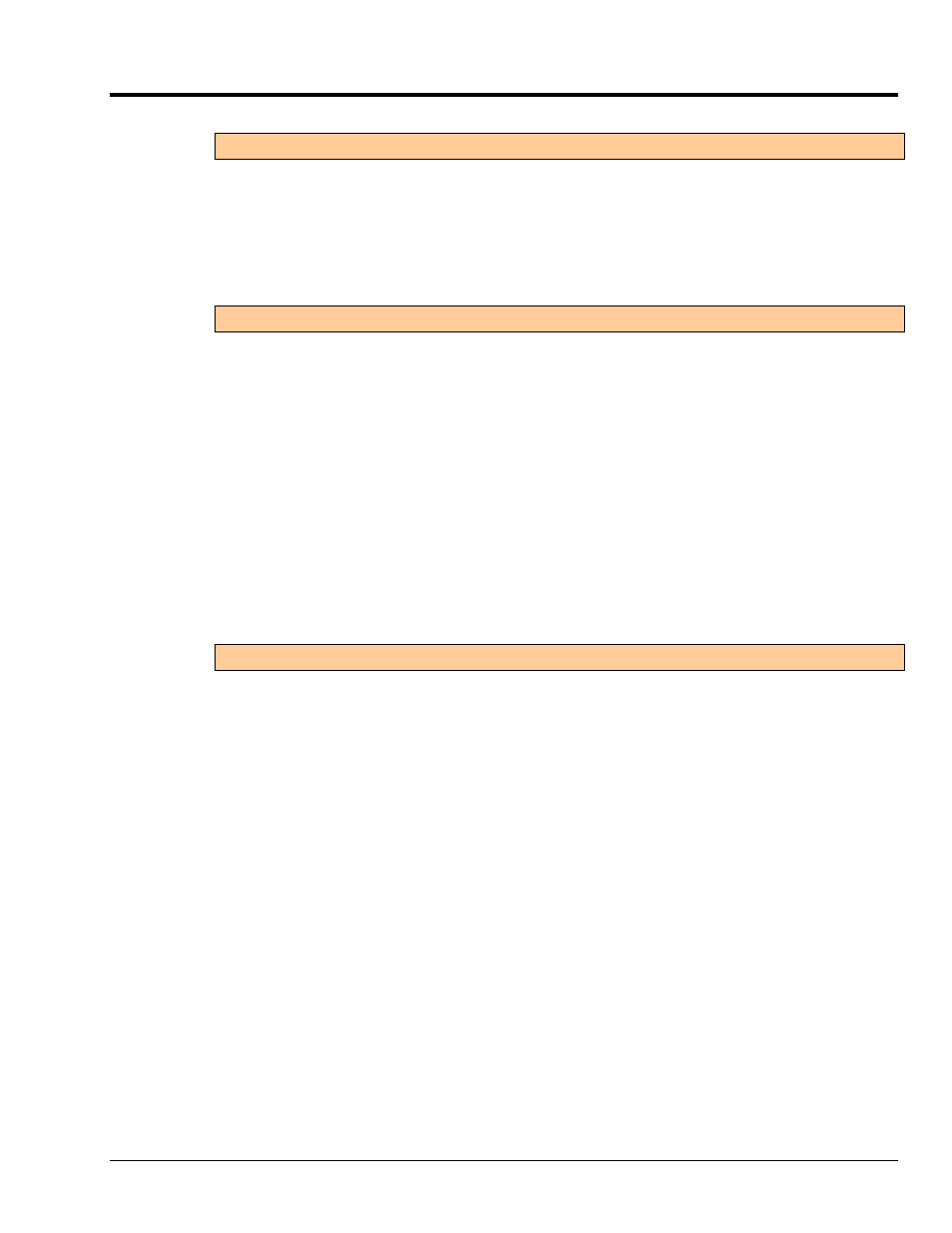Frequently asked questions – Measurement Computing StrainBook/616 User Manual
Page 125

StrainBook/616 User’s Manual
968594
Troubleshooting 11-11
Frequently Asked Questions
(1) Topic: Environmental Factors
Question: What Environments are StrainBook Systems Intended for?
Answer: StrainBook Systems are designed to operate within 0° to 50°C ( 32° to 122°F) and with a
relative humidity of up to 95%RH, non-condensing. The products can be stored at temperatures
within the range of -20° to +70°C (-40° to 158°F). StrainBook systems should always be
protected from snow, rain, extreme dust, and harsh sun.
(
2) Topic: 32-Bit API Support, DaqX
Question: I am writing my own application that interfaces to the StrainBook. Is the 32-bit enhanced mode
support available?
Answer: Yes, the current version of the DaqX software supports 32 bit enhanced mode programming.
Question: What is DaqX software?
Answer: DaqX software is low-level software support for application development. DaqX is installed
during the installation of the WaveView application. DaqX supports Visual C++ and Visual
Basic programming environments.
Question: Where can I get the latest version of WaveView/DaqX software?
Answer: You can download the latest versions from our website. This service is free.
(3) Topic: WBK14 - Dynamic Signal Conditioning Module
Question: Why can't I use the external clock feature on the WBK14 to control my acquisition speed?
Answer: The external clock on the WBK14 is used to dynamically move the corner frequency of the
filter, not pace the A/D in the StrainBook. This feature is often required in vibration
applications where the filter is moved as the device under test is vibrated (or excited) at varying
frequencies.
Question: Is there anything special I should know about WBK14’s power-up state?
Answer: At power-up the current output of the WBK14 is open circuited. It is only after being
programmed that the current source is engaged.
Question: In regard to attenuation, what is the filter roll-off for the WBK14 filter?
Answer: The WBK14's Butterworth filter is down 3 dB at the corner frequency. Beyond that point, the
signal attenuates at 48 dB per octave or 160 dB per decade. This is a substantial amount of
attenuation for most applications.
